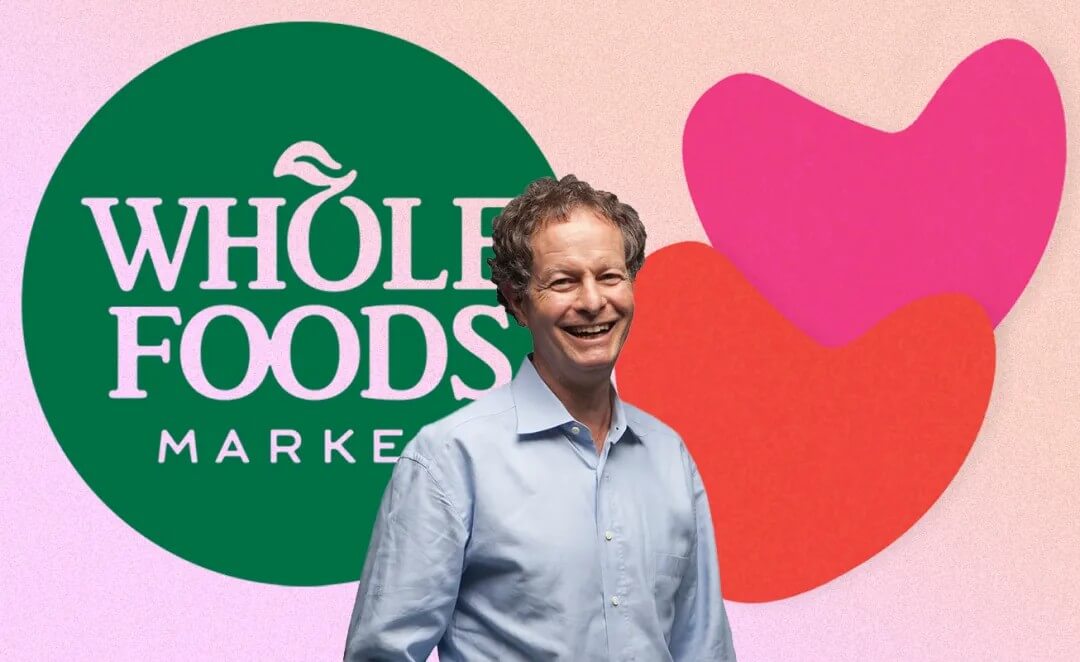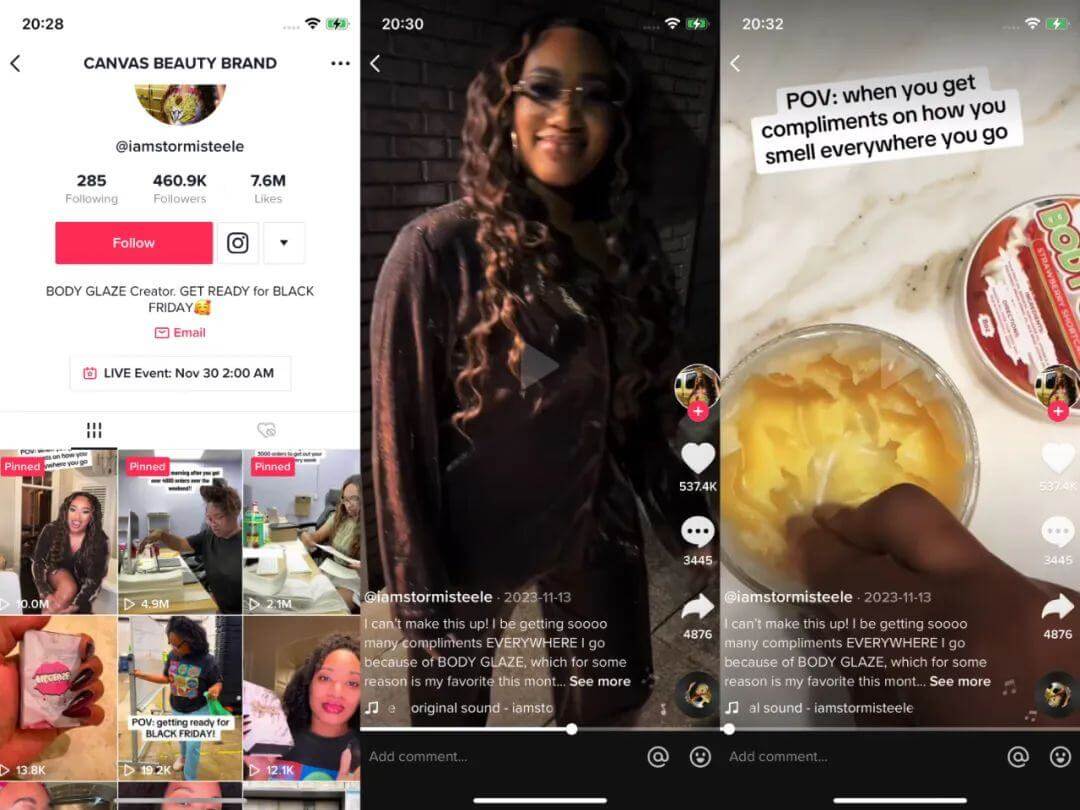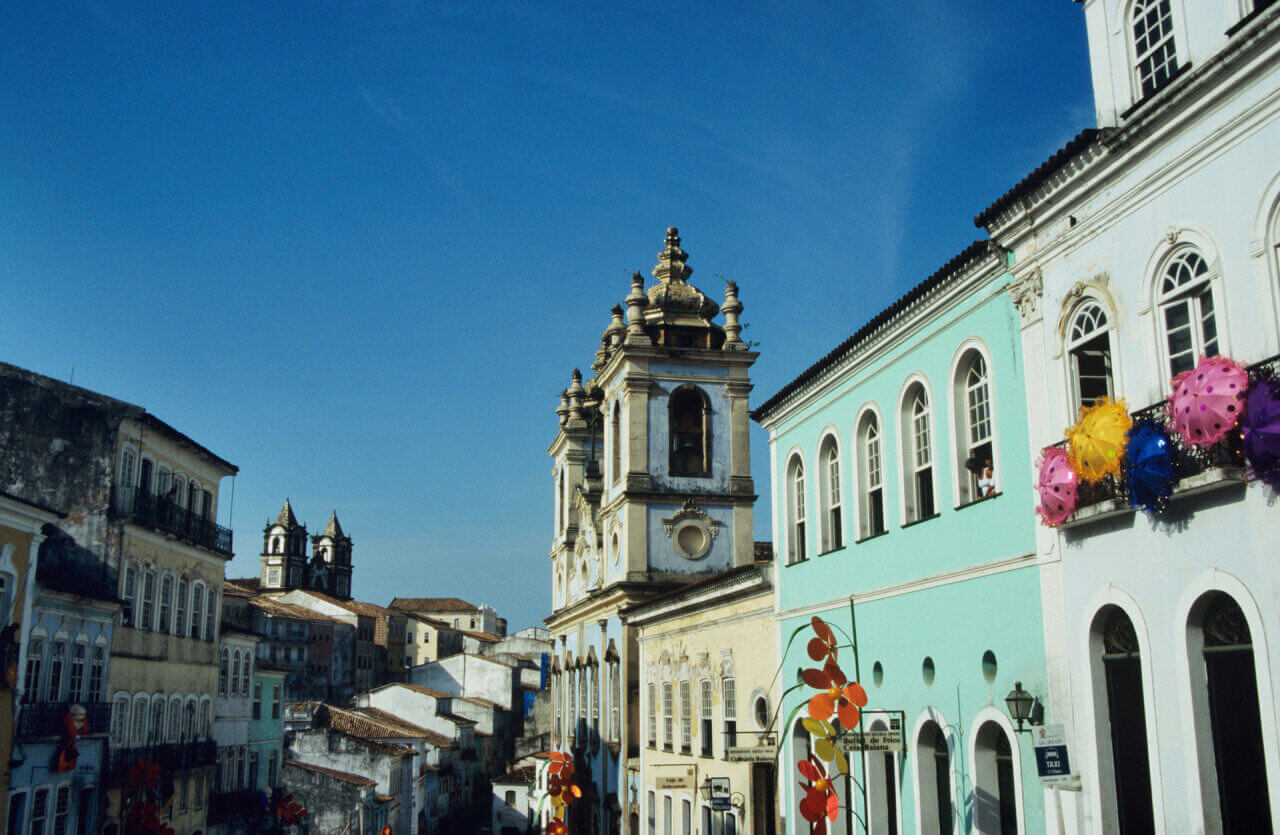"Spider-Man" quit drinking and accidentally started a brand. Tom Holland—perhaps you are more familiar with the nickname "Holland弟" (meaning "Little Holland")—the 95-born British actor who became famous for playing Spider-Man, has always been active on screen with his cute, youthful image. Now, he has a new identity—founder of the alcohol-free beer brand, Bero. However, this new venture is not the typical celebrity trying to monetize their fame but originates from Holland's personal journey of "self-redemption."
01 Spider-Man's Journey to Quit Drinking
The drinking culture in the UK is deeply rooted. As a native Brit, Holland was also deeply fond of alcohol, and once he started drinking, one glass was never enough. It wasn't until early 2022, after another drunken holiday, that Holland decided to join "Dry January."
Dry January is a campaign launched by the UK charity Alcohol Concern in 2013 to encourage people to take a break from alcohol after the indulgence of the Christmas and New Year holidays, allowing them to recover. The campaign attracted over 4,000 participants in its first year, and by 2022, the number of participants surged to 8 million—one in every six people in the UK.
Over time, the campaign expanded beyond the UK, sparking a significant trend in many European and American countries, especially among young people.
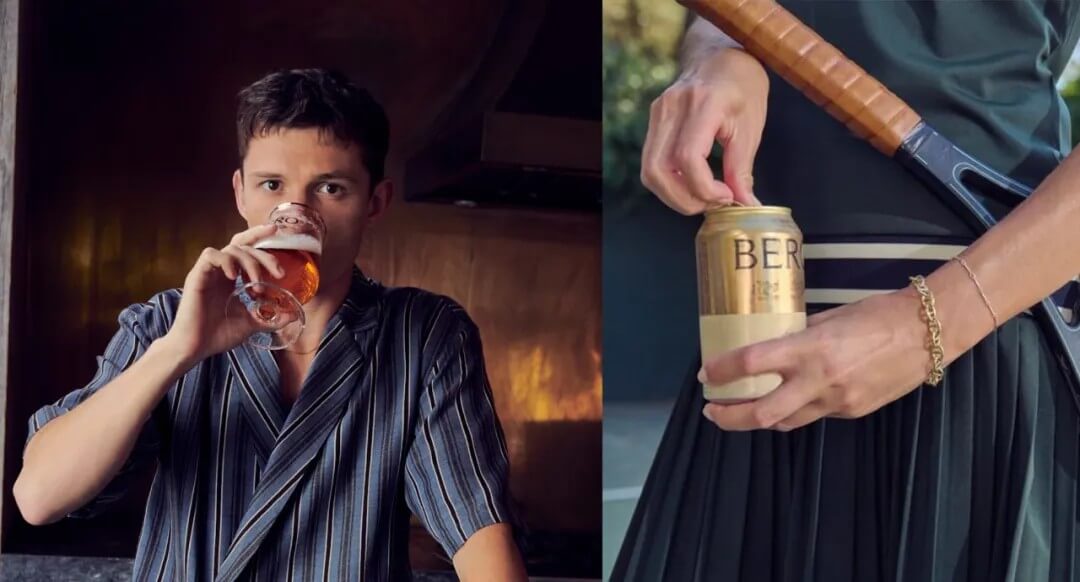
It was during this time that Holland realized his over-reliance on alcohol and decided to try 31 days without drinking.
The early days were incredibly challenging, so Holland decided to continue the challenge into February. After abstaining for two months, he decided to add another milestone: if he could make it until his birthday on June 1st, it would prove he could truly quit. To this day, Holland has not touched alcohol in years.
Successfully quitting drinking felt like a rebirth for Holland. "It was the hardest thing I've ever done in my life, and also my greatest achievement." As an influential public figure, Holland decided to help others make a change. He began sharing his experience with the media and started focusing on his alcohol-free beer brand, Bero.
02 Drinking for Life, Not Drinking Also for Life
As one of the founders of Bero, Holland brought his personal experience as a "former alcoholic" and "successful quitter" to the brand. Holland has said in interviews that if Bero had existed when he was quitting drinking, the process might have been easier. This statement might carry a dual meaning.
On one hand, alcohol-free beer is a comforting option for many people during their sobriety. Holland noticed that while there were many alcohol-free beers on the market, they all tasted pretty awful.
Therefore, Holland and his team invested a lot of effort into product development. They constantly adjusted the formula and selected flavors, inviting many friends and family to be internal testers. Holland’s girlfriend, Zendaya, who despises beer, was surprised after trying Bero, calling it very tasty. However, Holland wasn’t happy—this meant their product didn’t taste like beer at all.
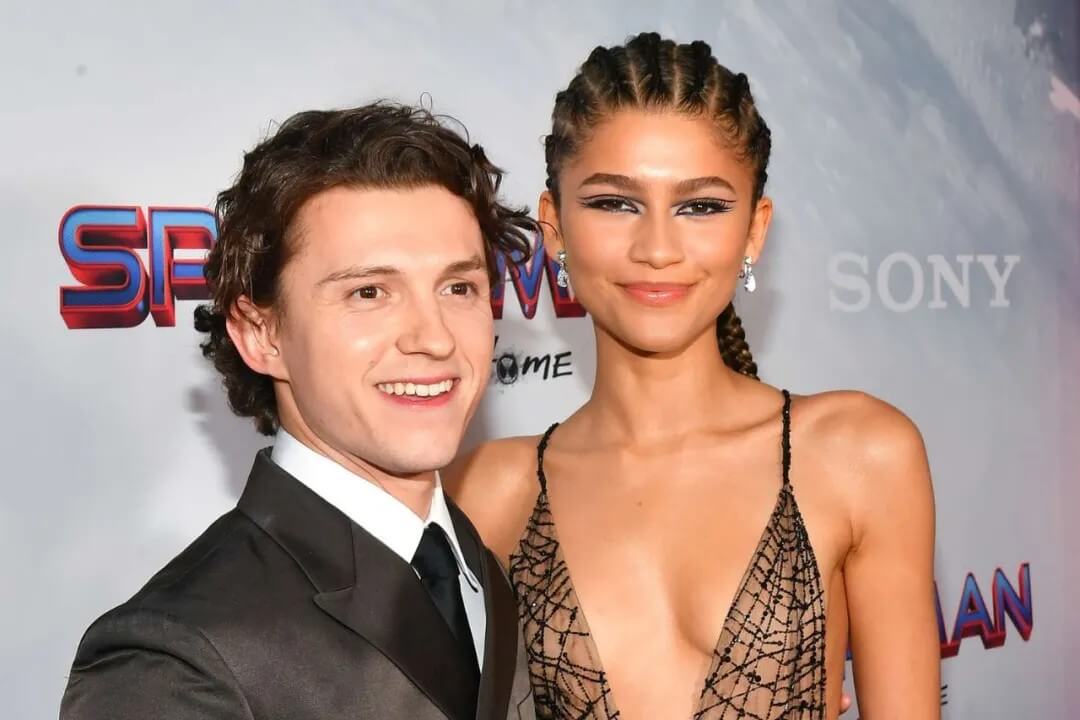
This is one of the core challenges of developing alcohol-free beer: it needs to be not only alcohol-free and tasty but also resemble beer in flavor. According to a survey by a Japanese beer manufacturer, consumers' complaints about alcohol-free beers included "too bland, like drinking soda," "no hop aroma," "stronger bitterness," and "lack of aftertaste." After nearly a year of development and adjustments, the Bero team finally brewed three different flavors of alcohol-free beer: the classic Kingston Golden Pilsner, the tropical and hoppy Edge Hill, and the citrus-flavored cloudy Noon Wheat.
On the other hand, people who are quitting drinking or simply don't want to drink need an alcohol-free beer that can help them fit in with social drinking groups.
In China, it has long been said that "no wine, no banquet." The UK is somewhat similar in this regard.
In Holland’s words, in the UK, drinking water is for survival, but drinking alcohol is for life. Alcohol plays a bonding and lubricating role in many social settings: family reunions need alcohol, long-time friends need alcohol for heartfelt conversations, work colleagues need alcohol for celebrations, and gatherings or dinners all require alcohol.
The awkward part is that, whether it’s Heineken, Guinness, or newer brands like Athletic Brewing, alcohol-free beers are always packaged in blue or have prominent blue elements. The color is so striking that many consumers, including Holland, feel uncomfortable carrying a blue can at a drinking event—it makes them feel out of place and could even invite ridicule from friends.
Gold seemed to be the most suitable color for Bero. It stands out on the shelf and perfectly addresses the social anxiety many consumers feel. The Bero cans also feature red, green, and cream-colored labels, colors that are inspired by Holland’s hometown, as he hopes to share his vision and lifestyle with more people.
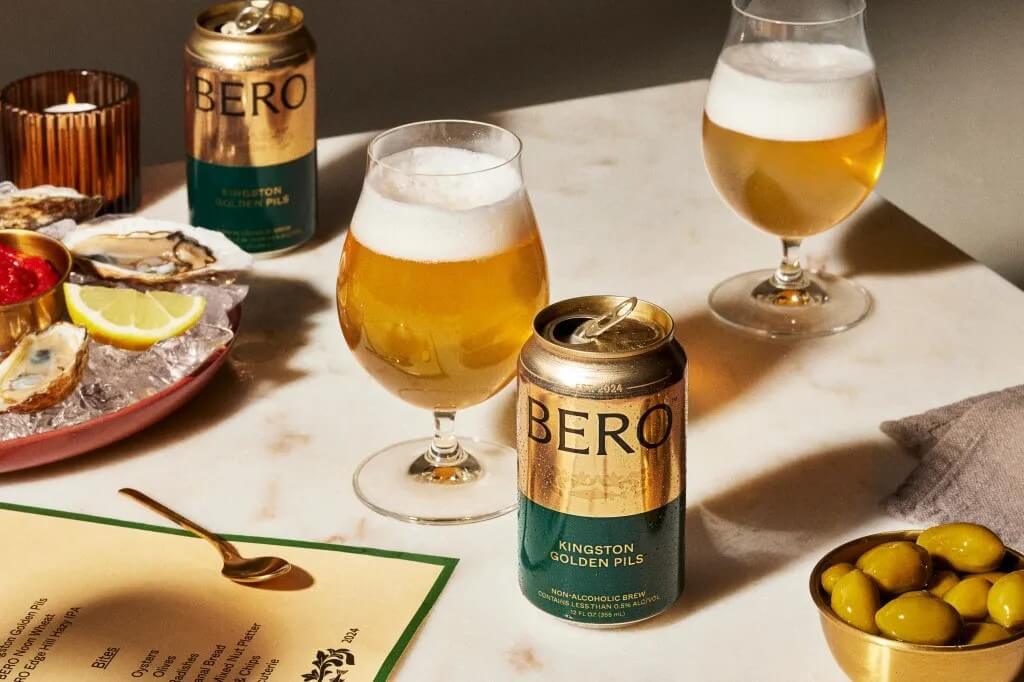
03 When Young People Start to Feel Tipsy: The Spring of Alcohol-Free Beer
Young people around the world are drinking less.
Research data from countries like China, the U.S., and Japan shows that younger people tend to drink less frequently than middle-aged or older generations. This is partly due to the new generation's growing focus on health, and partly because of a rebellion against the alcohol culture of the past. Today, many young people resist the forced drinking culture but are not opposed to having a light drink in relaxed, comforting settings. Rather than getting completely drunk, young people prefer a slight buzz, and thus low-alcohol and alcohol-free beers are experiencing significant growth in various markets.
Emerging brand Athletic Brewing was one of the first companies to tap into this opportunity. Their product not only offers a smooth taste but is also extremely low in calories, perfectly aligning with the demands of modern young consumers, which made it a fast-selling hit.
Following that, several beer giants followed suit: Heineken launched Heineken 0.0, dedicating half of its marketing budget to the product with the slogan "Where there's Heineken, there's Heineken 0.0";
Carlsberg focused on local markets and launched 60 alcohol-free beers globally, tailored to different consumer preferences;
Anheuser-Busch's alcohol-free beer has the largest market share globally, with 60% of its sales coming from additions to its existing alcoholic beer line.
Heineken’s sales data reveals an interesting fact. Many people intuitively believe that alcohol-free beer is mainly for people like Tom Holland, who are quitting drinking, or those who are alcohol-sensitive. However, in reality, the potential consumers of alcohol-free beer could be everyone—after all, most people do not drink alcohol for most of the day (except for alcoholics).
Research company NIQ reports that the annual sales of alcohol-free beverages (including beer, wine, and spirits) in the U.S. have surged to $740 million. Although this is still less than 1% of the total sales of alcoholic beverages, the growth rate remains in the double digits.
NIQ also predicts that within the next two years, alcohol-free beverages in retail sales will reach $1 billion. Coincidentally, according to data released by Tmall's New Product Innovation Center and Kantar, it is estimated that by 2025, the domestic market for alcohol-free and low-alcohol products (including but not limited to alcohol-free beer) will reach 74.3 billion RMB.
This is a huge potential market.
In recent years, as the new generation of young people becomes the main consumer force, concepts like health, wellness, low-calorie, and low-fat have permeated multiple beverage sectors, including NFC juices, zero-sugar milk teas, barley water, and sparkling water, all of which have received positive market responses.
On the other hand, alcoholic beverages, which the World Health Organization has categorized as a Group 1 carcinogen, remain prevalent in daily life because of their significant social and cultural role, leading to many occasions where people feel they have to drink. Alcohol-free beer offers an option that combines both worlds, potentially experiencing rapid growth in the near future.
